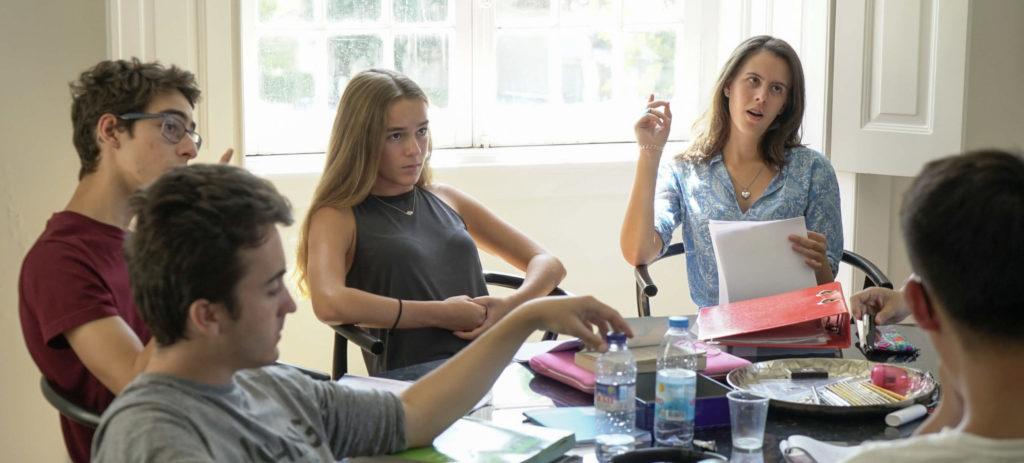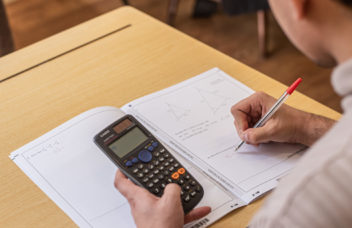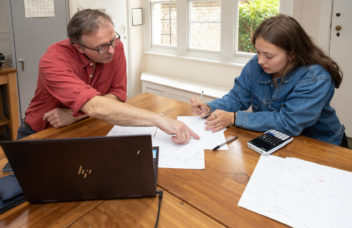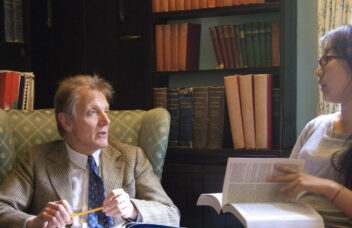16 Apr 2021
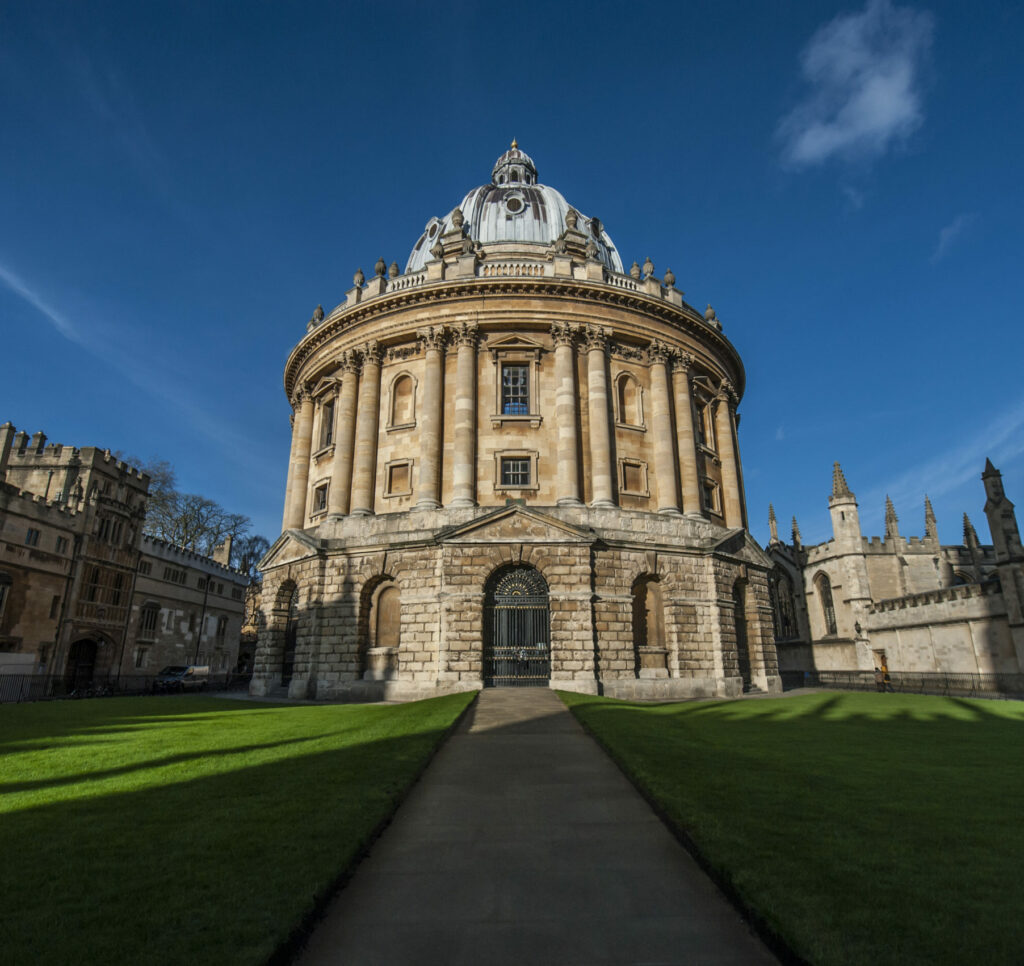
Will the ‘new normal’ see a renaissance in education?
The Senior Tutor of Greene’s Tutorial College, Oxford, Matthew Uffindell, explains why he thinks, in the time of a pandemic, educationalists should be thinking of the opportunities being presented.
History shows that pandemics force change
not least in education.
Look at the recent events: closed schools; the examination system in crisis; parents and children lacking direction. We have all echoed, in our own way, Pepys’s thoughts in his 16th October, 1665 diary entry ‘Lord! How empty the streets are and how melancholy …’ But with despondency comes opportunity.
The few years following 1348, (the arrival of the bubonic plague, ‘the Black Death’), saw the founding of three Cambridge colleges, and the increase of students returning to Oxford. After the Great Plague and Fire (1665 and 1666), we witnessed a renaissance of learning, with the formation of the Royal Observatory and the Royal Society. So, what can we expect today?
A renaissance requires risk-taking – and generates resistance. In answering the question, ‘What is the new normal?’ several will understandably want an answer close to the ‘old’ normal. According to the Sutton Trust, many parents are not confident about directing their children’s education, so people will feel safer reverting to the present model: an essentially 19th century system, with top down instruction and students slotted into pre-determined timetables. But although students more than ever need to think for themselves, despite the technology available, this recent enforced absence from school has led to disengagement and a decline in the quality of work produced. Many students do not have the means, the independence or confidence to continue learning outside the physical environs of a school.

However, we can re-model what we offer our next generation. A report by the World Economic Forum notes: ‘major world events are often an inflection point for rapid innovation – a clear example is the rise of e-commerce post-SARS.’ At Greene’s – adopting the tutorial method, and avoiding the large scale ‘directive’ education satirised in Dickens’s Hard Times – we offer an adaptable blend of face-to-face and online learning, enabling the kind of educational mobility which allows students to flourish, whatever the context. So, with the resource of a gifted tutor, students can reinvent relevant education and create ‘the new normal’ for themselves.
Greene’s student-centred approach has been highly praised by our regulating body, the Independent Schools’ Inspectorate. Our latest report observes: ‘The quality of the curriculum, teaching and learners’ achievements, is excellent’. Despite this, some students can initially be resistant to the responsibility placed on them, although it is no more than the best schools and universities demand. With the many inequalities of our educational system, we can choose whether the available money is used to maintain the status quo, or to focus on malleable, creative thinking, and ask searching questions about the value-added that school and university offers.
So, as students return to schools and universities, will they do so with the same passion and enthusiasm as they did in the 1340s and 50s? Will we see a flowering of those independent thinking skills so essential for success post-Covid and in a new world?
Article last updated:16 April 2021
